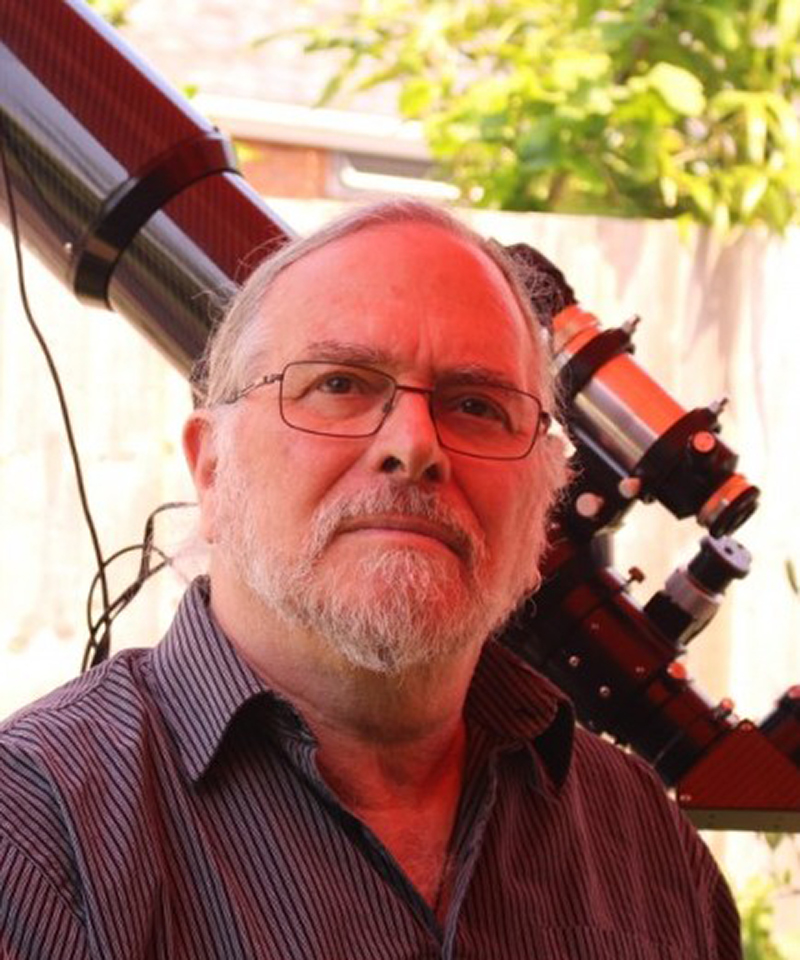So much can be seen in the sky as the Sun begins to set and the world gets a little darker.
The twilight sky is largely too bright for deep-sky astronomy, so if you want to observe during twilight it’s best to focus on what we can see with the unaided eye.
If you do use binoculars or a scope to get a better glimpse at evening objects, remember: never look directly at the Sun, especially through magnification, unless you have special filters for solar viewing.
You might also find it helpful to block the Sun with a large object, like the side of a building. Now, let’s see what twilight has to offer...
Stargazing during twilight

While afternoon slowly turns into evening, we start the first stage of twilight.
The effects of twilight aren’t only in the sky. This might sound strange, but now is a great time to look away from the sky.
With the Sun nearing the horizon, and the low atmosphere scattering more light, the pinks, oranges and purples of sunset reach out across the landscape.
All around us the shadows of trees and posts lengthen, and the colours of cars and houses take on a soft orange glow.
Don’t forget to listen as well. Are there new bird songs? Can you hear any foxes or other animals scurrying around?
As darkness settles, the bees and butterflies head home, while moths and bats take to the sky.

When the Sun falls to about six degrees above and then drops below the horizon, the shadows dissolve away.
We’re in the Golden Hour, so-called because of the soft, golden colour the remaining sunlight gives to everything we can see.
There are no shadows left and the colours around us make it a good time for photography.
After this comes the Blue Hour, when the last of the remaining sunlight scatters and casts a blue glow into the dusk.
We’re using the word ‘hour’ loosely here. It refers to the part of the day, not to an actual amount of time.

This is when we might be able to see Earth’s shadow – the same shadow that brings us a lunar eclipse – cast onto the atmosphere as a broad and dark band just above the horizon opposite the Sun.
Above it is the Belt of Venus, which is caused by scattered sunlight a bit higher from the ground, and this tends to be closer to pink.
What to see in the sky during twilight
The Moon
Depending on where it is in its orbit – which of the phases of the Moon we can see – the first thing we’ll see through the twilight is the Moon.
These early phases are a great time to look for earthshine: sunlight that bounces off Earth onto the Moon.
It gives the Moon’s night-time side a gorgeous dim and dusty glow. Who knows, maybe some of the photons we’re seeing bounced off us!
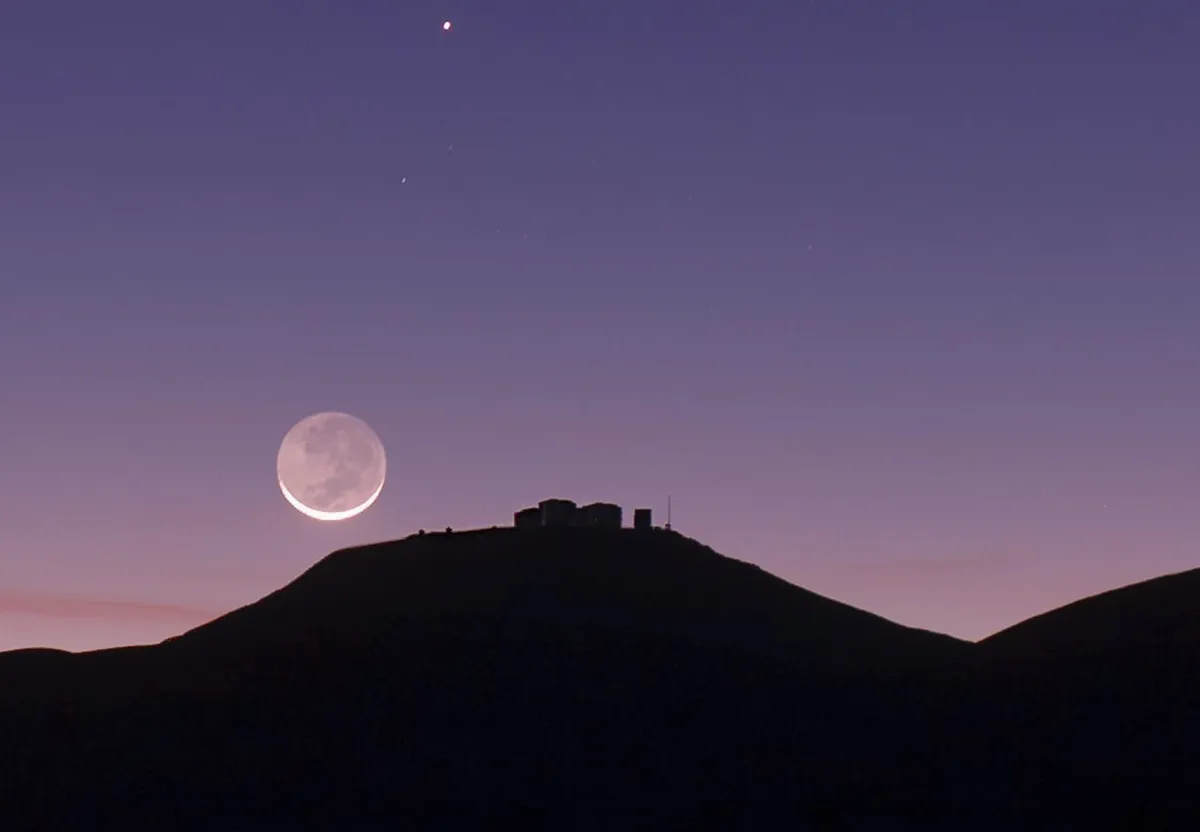
This is a great time to point a pair of binoculars or a small telescope at our nearest neighbour.
There’s an understated, stark beauty to seeing it in the late afternoon, and the sight of long shadows on the Moon’s craters in the calm glow of early evening twilight has a soothing quality, even after the toughest of days.
For more on lunar observing, read our beginner's guide on how to observe the Moon or our pick of the best features to see on the Moon.
The planets
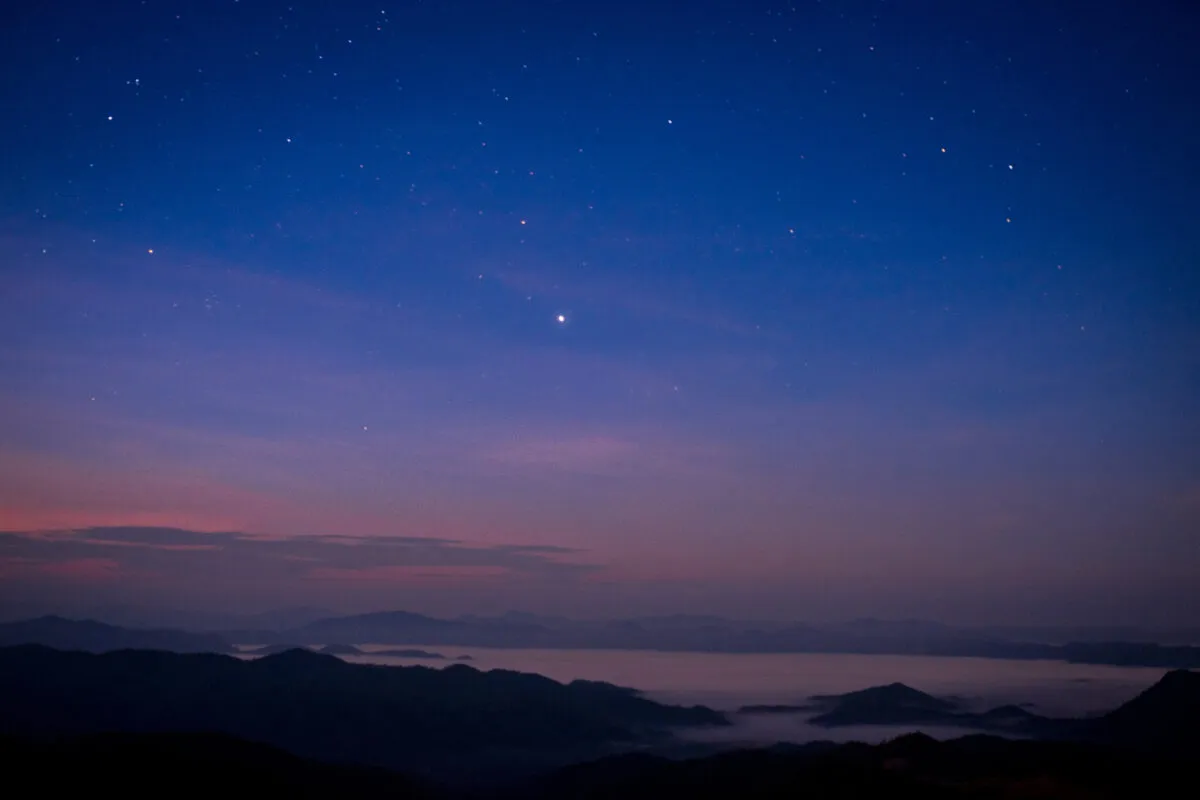
The next things we’re likely to see in the deepening dusk are our Solar System’s bright planets.
Though we don’t typically think of the planets as twinkling in the way stars do, we might notice it a bit in the early evening as their light struggles with the low-lying atmosphere.
It’s always fun to try to find planets in this part of the evening as they make their way through twilight.
The sky is still too bright for most stars, which makes it easier to be sure we’re looking at a planet.
Once you find them, keep an eye on them until they set, and then follow them as they wander across the sky from evening to evening.
For more help, read our guide on how to find the planets.

Venus and Jupiter are the two brightest things in the sky after the Sun and the Moon, so depending on where they (and the Moon) are in the sky, they might be the first things we see.
Venus is stunning in a deep, dark sky, but the twilight version has a simple, understated beauty. It seems to arrive without any complications or celebrations.
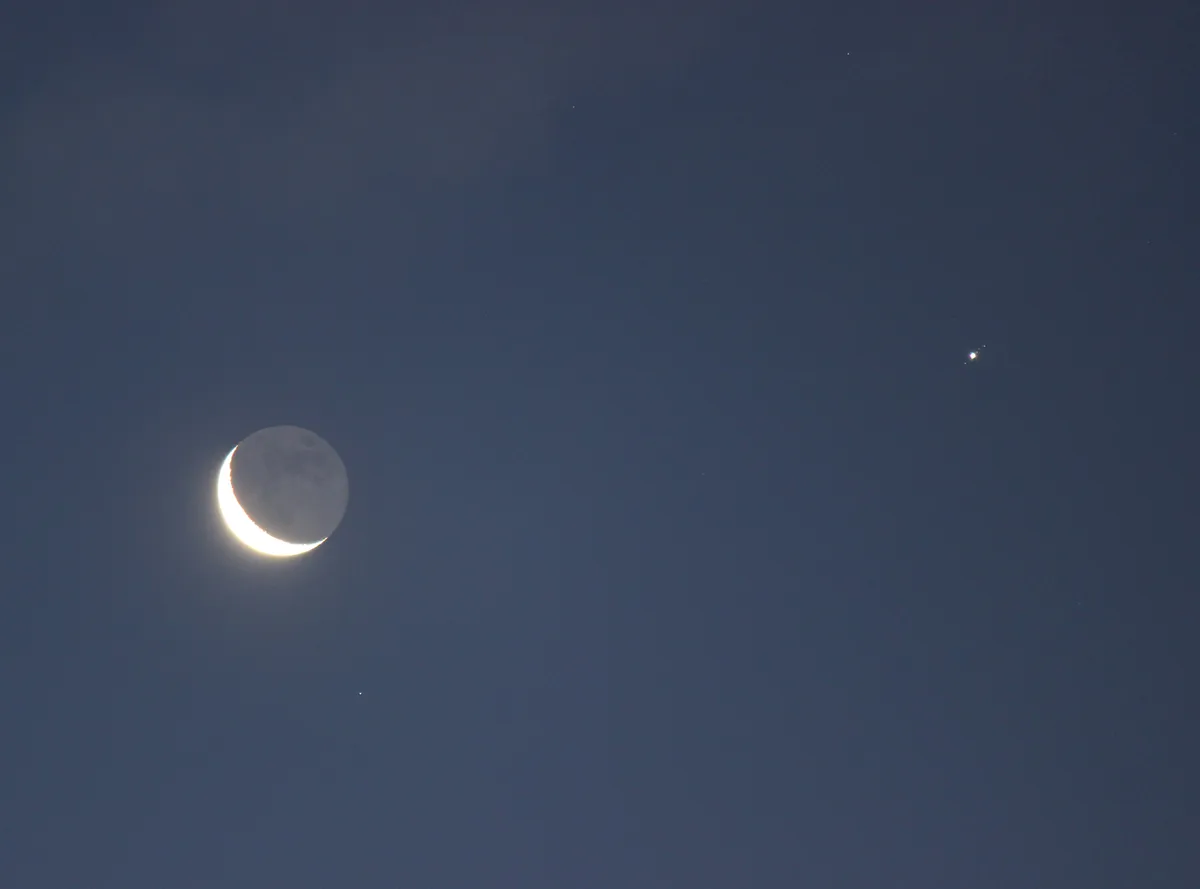
Early twilight is a good time to try and find speedy Mercury. The innermost planet never gets more than 28˚ of arc from the Sun, so most of the time it’s only visible in twilight.
Noctilucent clouds
During astronomical twilight in the summer, you might also be able to see noctilucent clouds. These aren’t true clouds, but ice crystals high in Earth’s atmosphere that reflect sunlight and look like wispy, delicate clouds.
The further north you are, the better luck you’ll have seeing them. Just make sure you have a clear northern horizon and look while the sky is still just about lit by the now-set Sun.
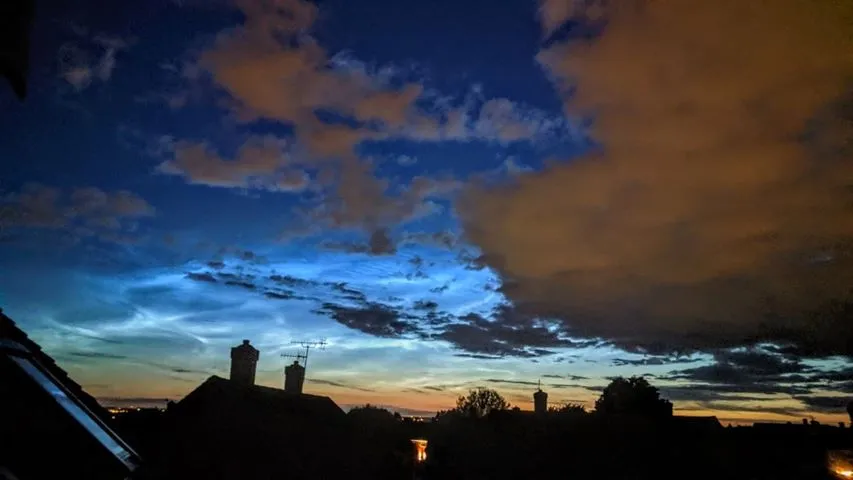
Point binoculars towards the noctilucent clouds and see what their delicate and wispy patterns look like magnified.
After this, the sky keeps darkening until our part of the world has turned fully away from the Sun. It’s night at last, and perhaps time to head back inside until tomorrow’s twilight.
As wonderful as they are, summer nights can be short and difficult for those with a hankering for true darkness.
But with a little bit of patience and luck, and some good timing, there are some truly incredible things to look for before dark.
What is twilight?
Twilight is not a single, fixed state, but a gradual change that has three distinct phases. The changes that occur during dusk can be as striking as anything we observe in nature.
Everything we can see changes, as the brightness of the sky drops to less than 3/10,000ths of a per cent of its intensity at sunset.
Yet this daily spectacle is often lost to us, perhaps obscured by cloud, but also obliterated by artificial lighting and sometimes simply ignored because of its regularity.
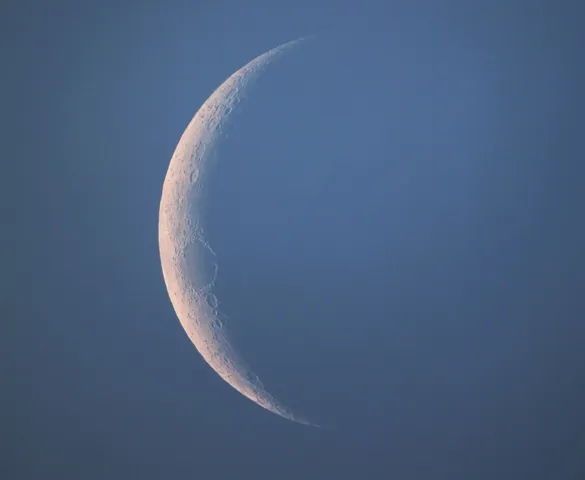
The stages of twilight
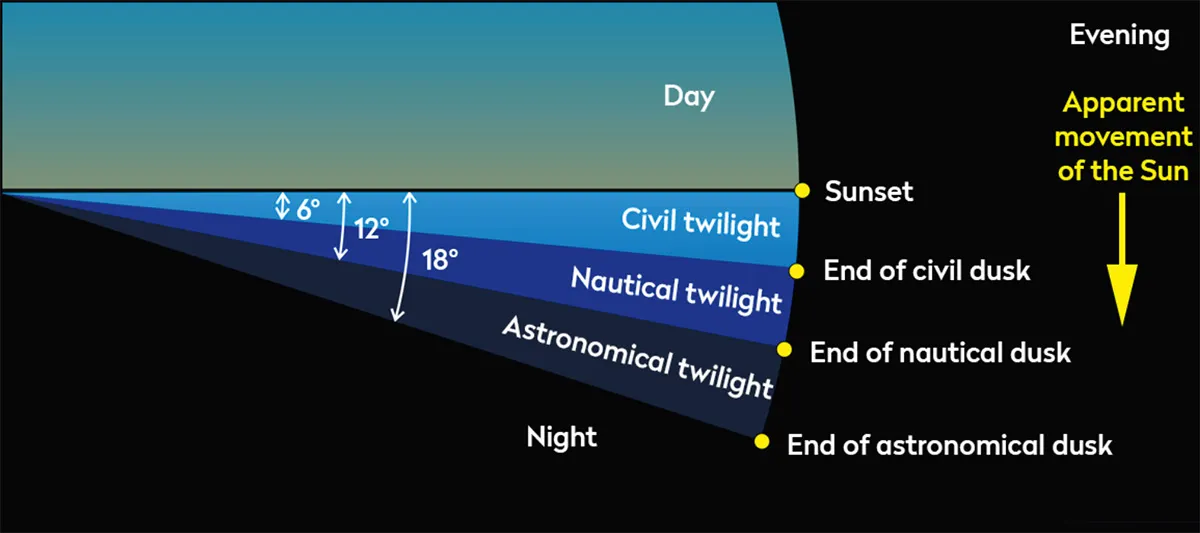
1
Civil twilight
Nautical twilight
When the Sun is between 6° and 12° below the horizon it is nautical twilight. Extra light is needed
to help walk around, but enough celestial objects become visible to navigate by the stars.
2

